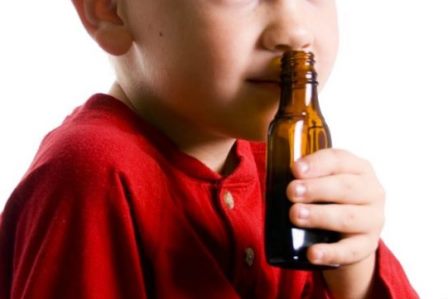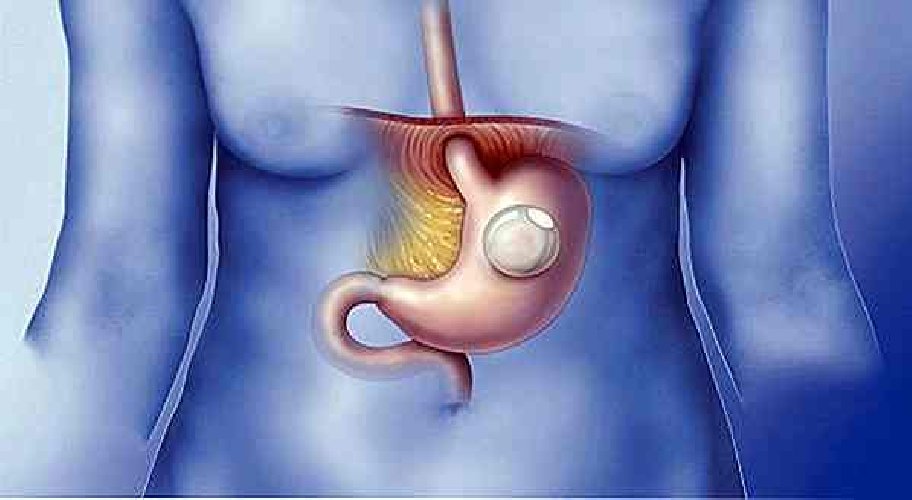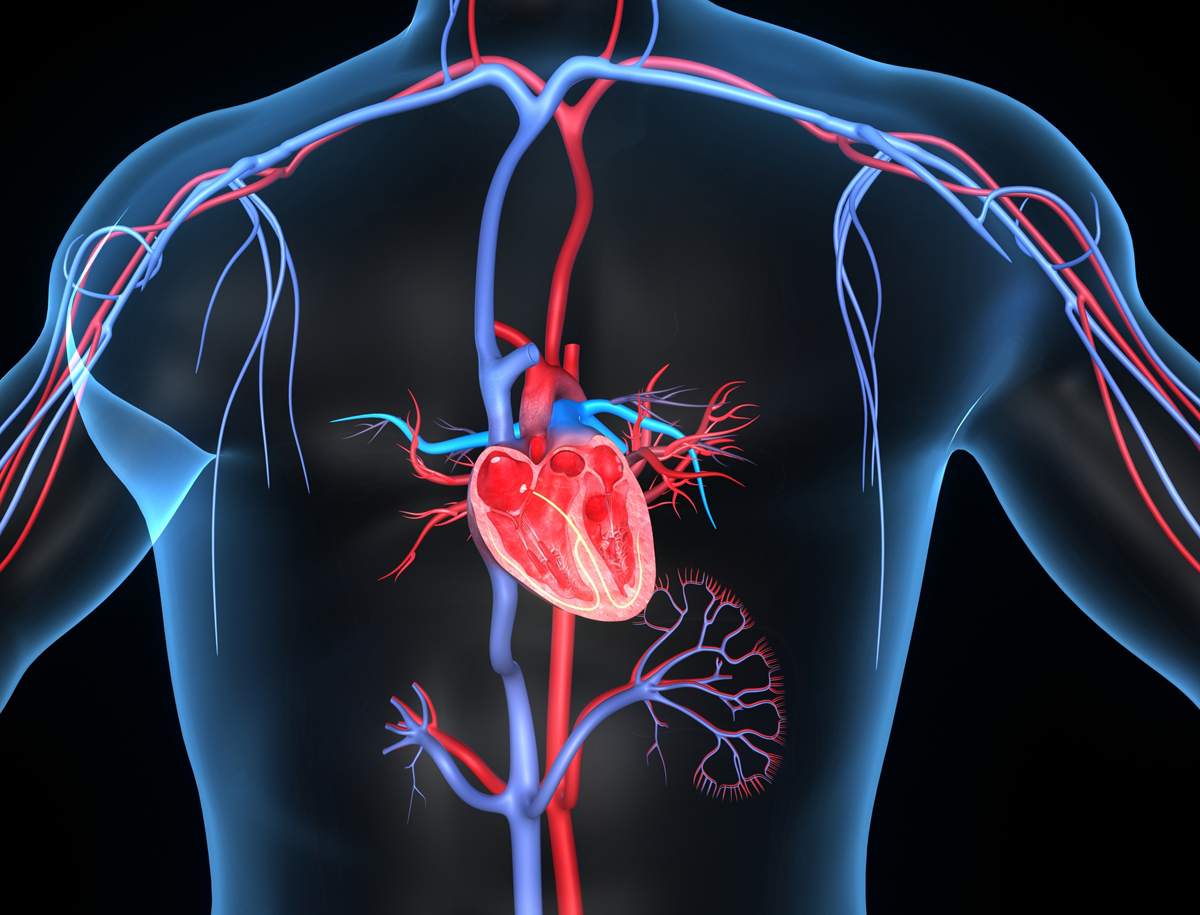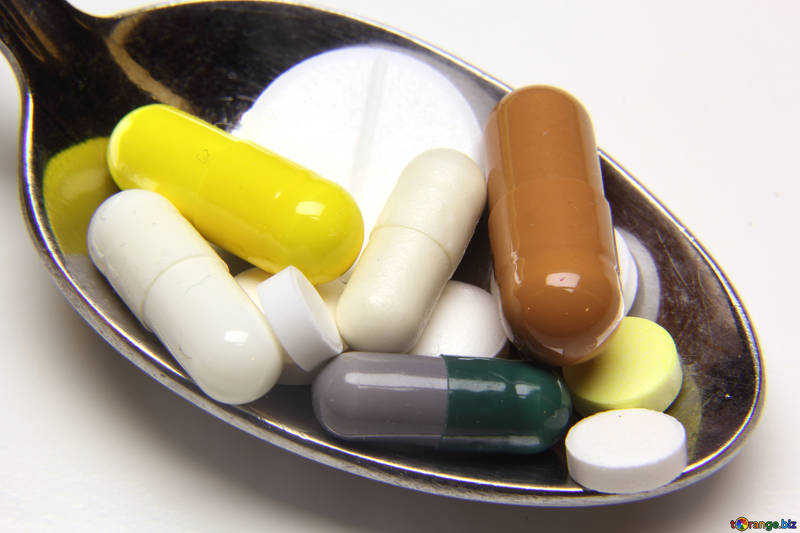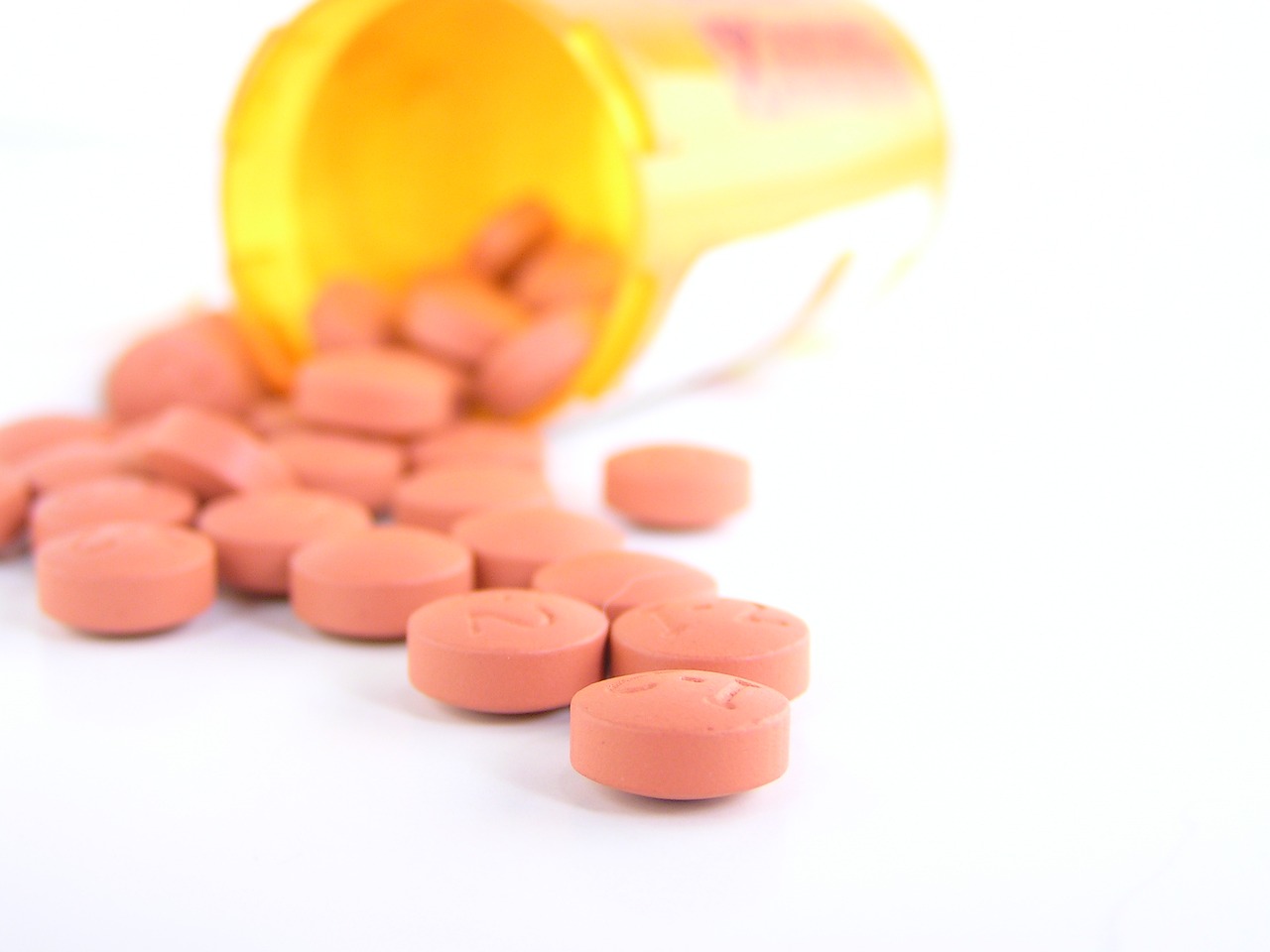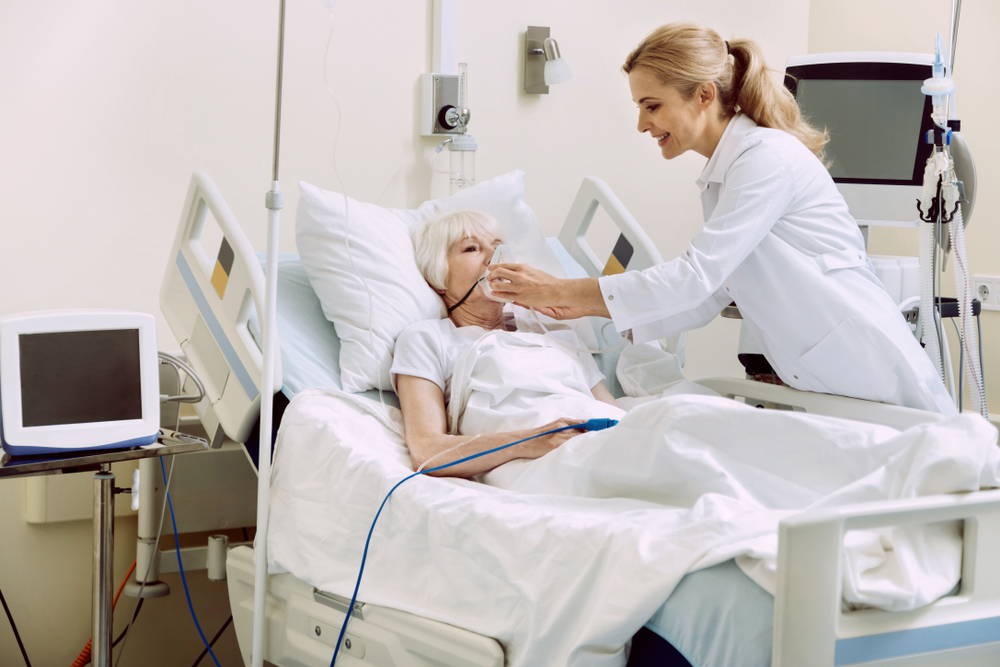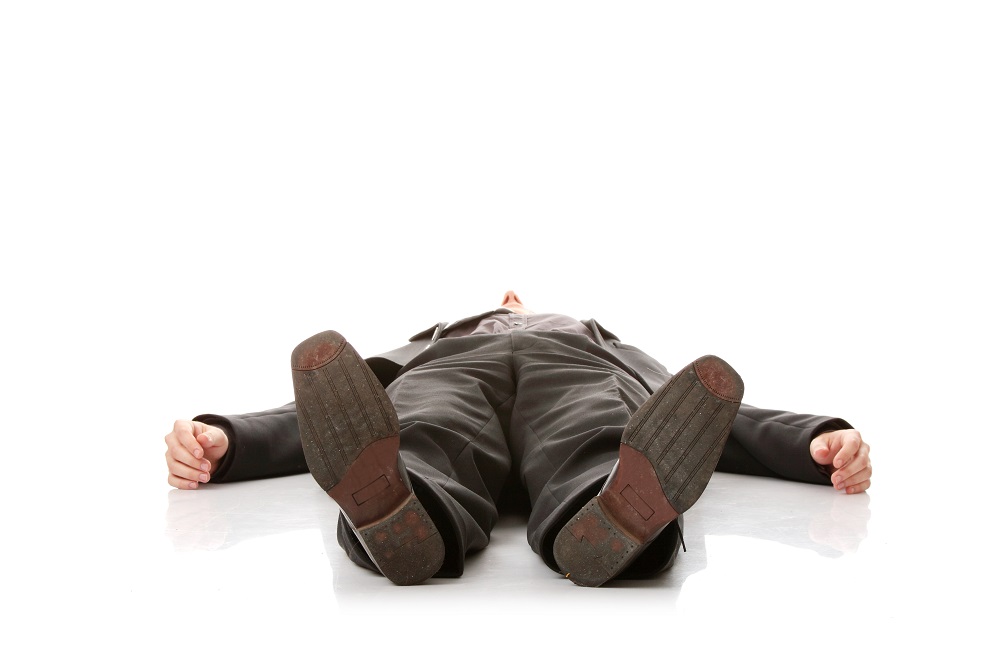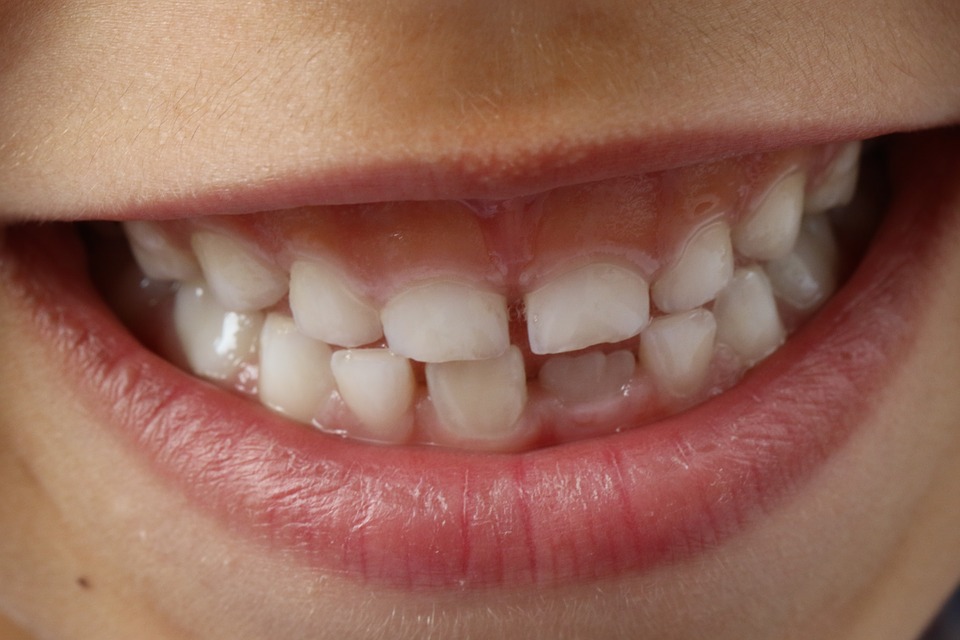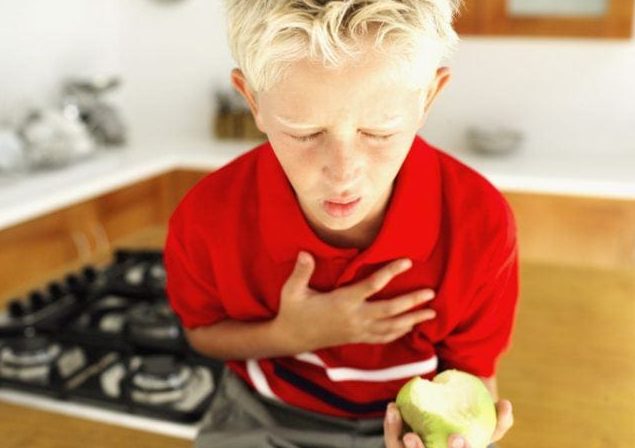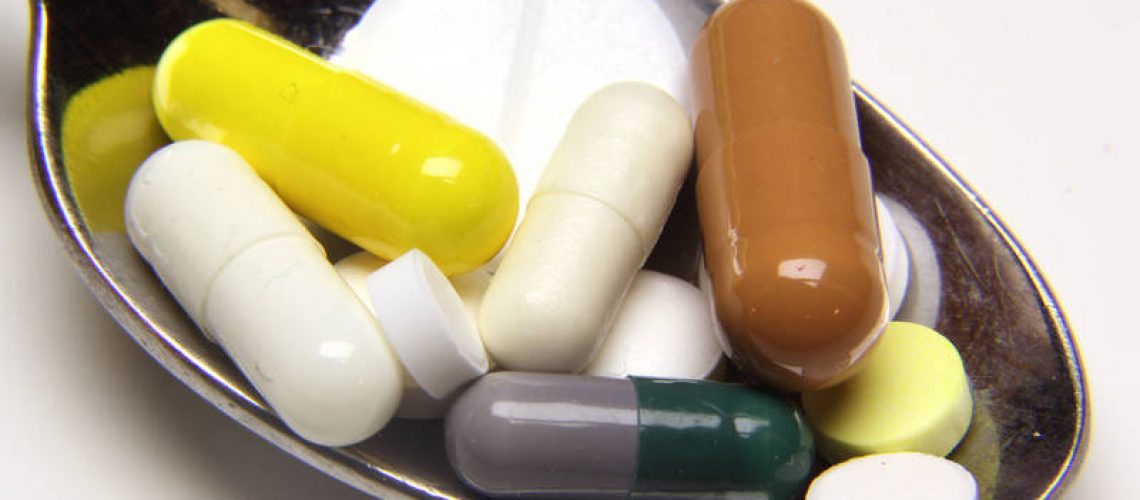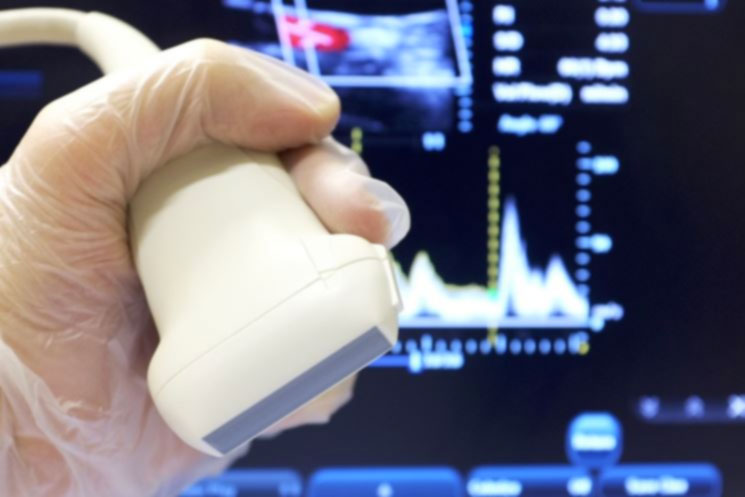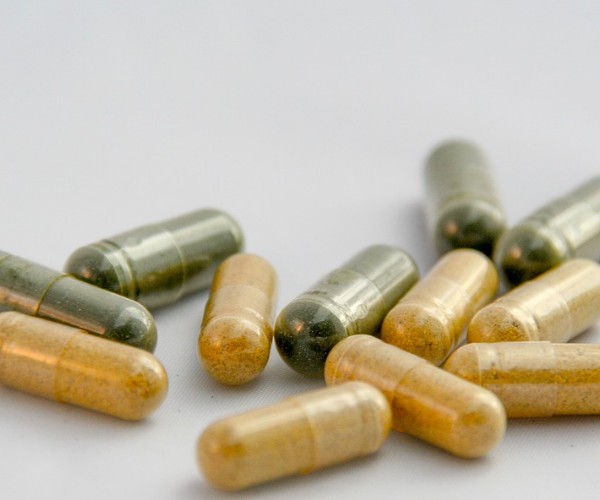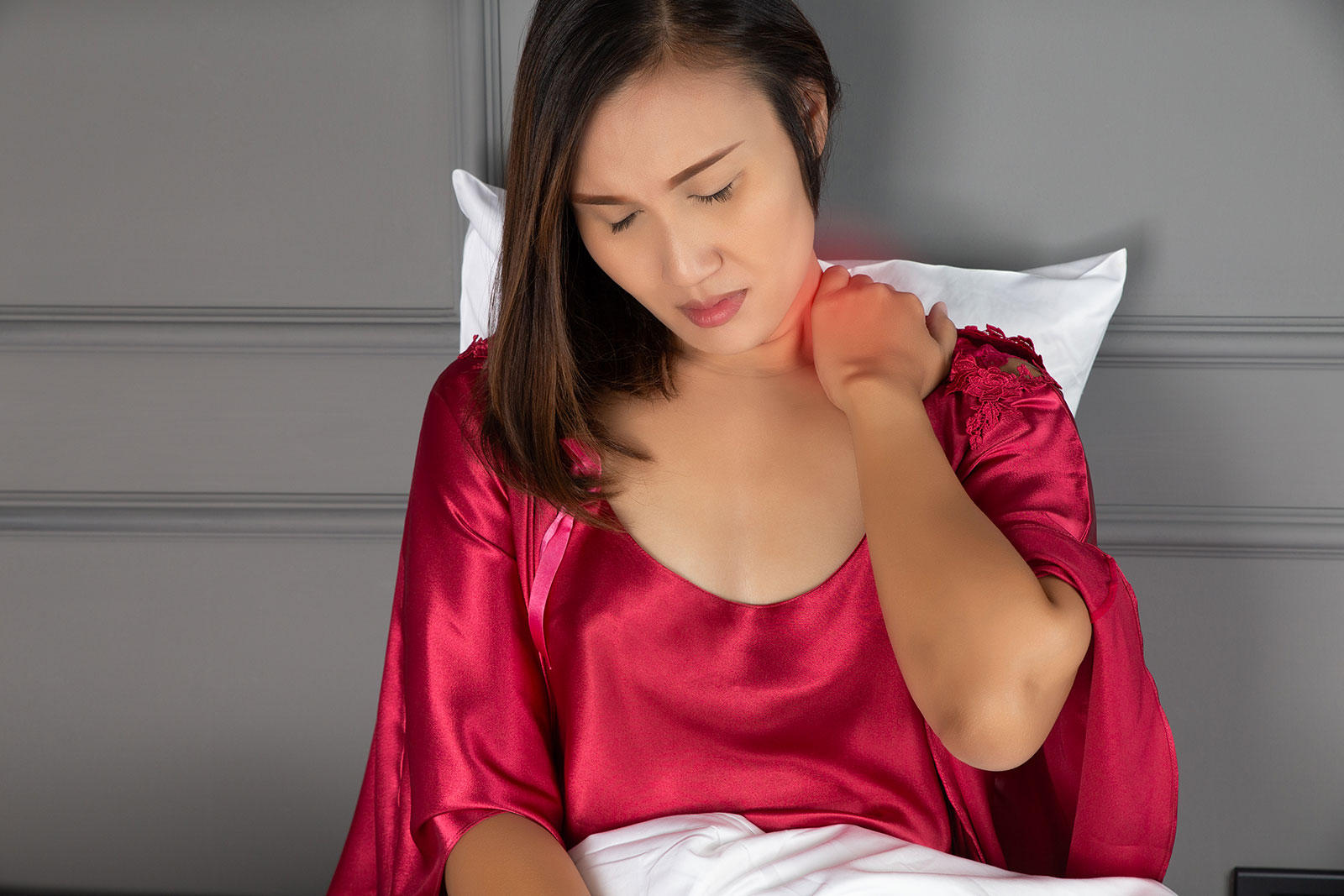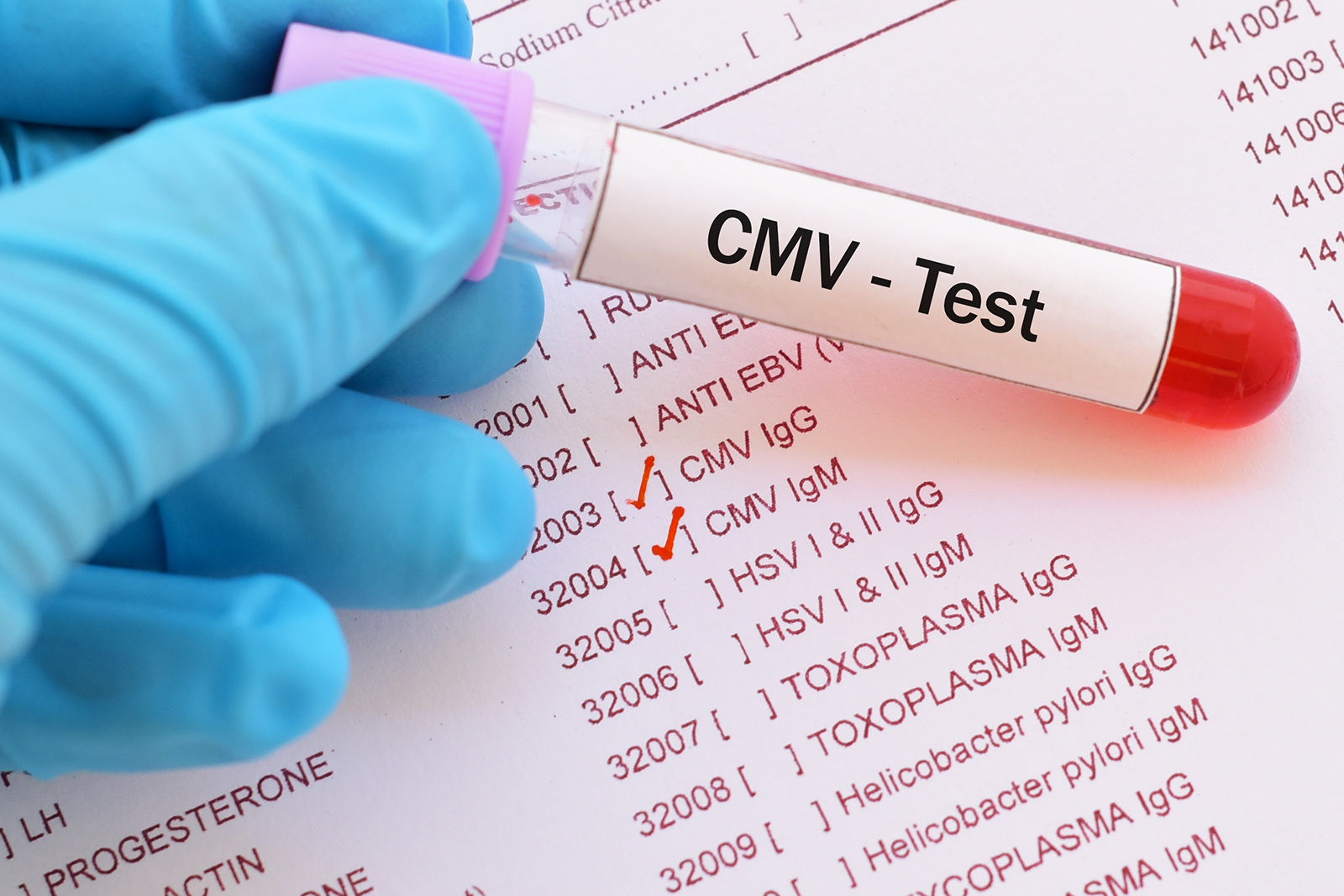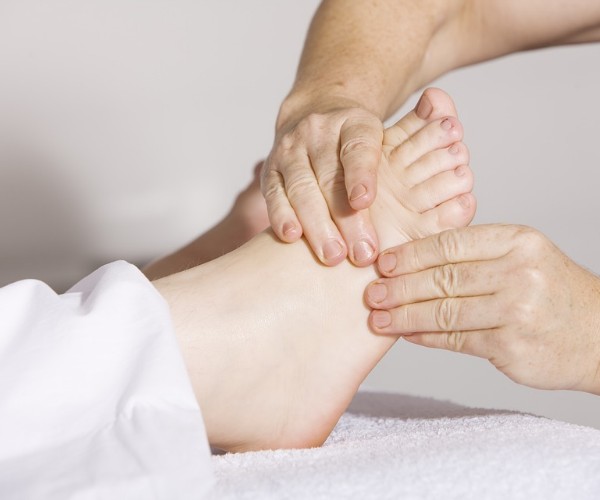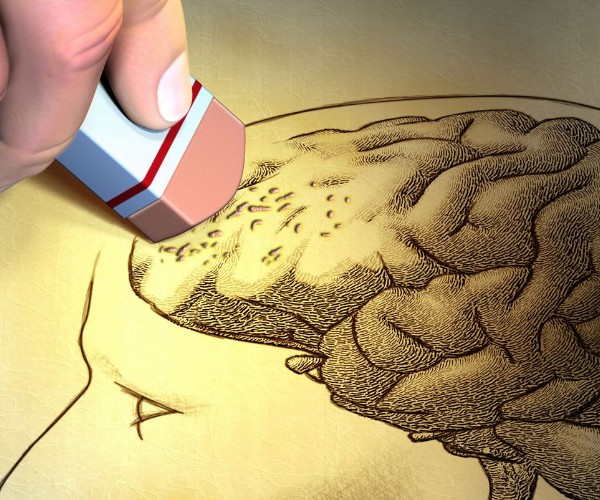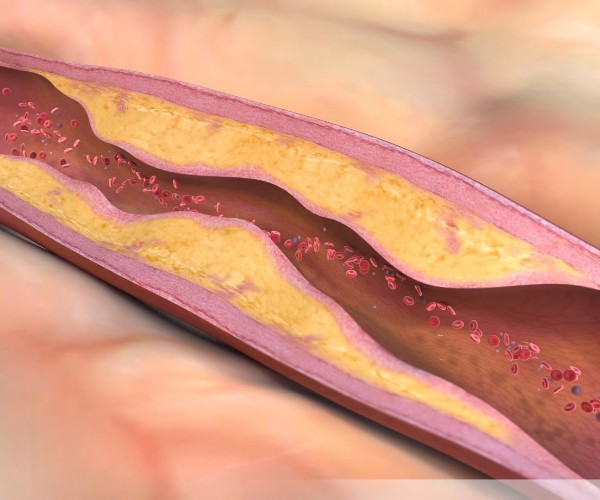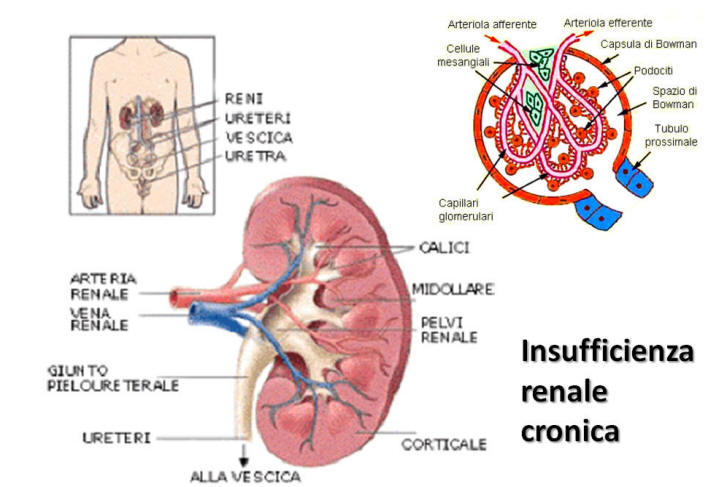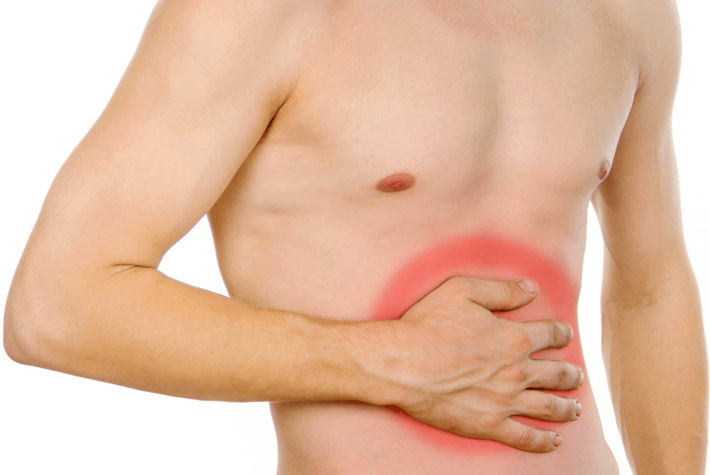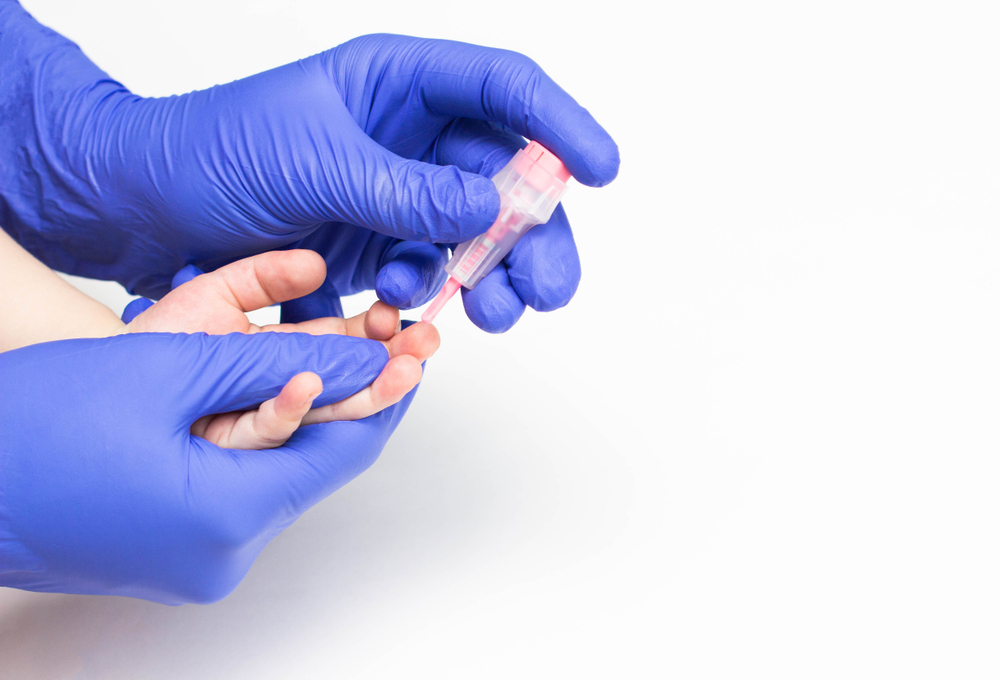A physician grappling with a poisoning does not have a battery of antidotes available, and their use in medical practice is the exception.
Compared with other medical emergencies, acute poisoning is difficult to diagnose. Depressed subjects are often found unconscious with a letter and an empty tablet case next to them. Or a child is found gnawing and chewing on something inedible. Initially perhaps poisoning is not suspected, and only after the patient is resuscitated can the true cause of the condition be understood.
Examination of the patient
The physician must pay attention only to the patient and not to the inconsistent explanations of those who accompanied the victim. In the absence of critical symptomatology , a complete examination should be done by evaluating: level of consciousness, respiration, circulatory status, presence of seizures, pupil diameter, injection marks, body temperature, skin condition, and lesions.
Emergency treatment
Emergency treatment consists of resuscitative measures. If the patient is able to breathe spontaneously, you need to put him on his side, remove any obvious obstruction and intubate him.
If the patient, on the other hand, is unconscious, lateral decubitus is important, preferably with the head slightly down and avoiding tongue drop.
If the pulse is not regular, it is necessary to elevate the feet about 20° to promote venous return to the heart.
If the patient has seizures , intravenous injections of 5-10 mg dizepam should be given immediately. If, on the other hand, he has inhaled toxic gases or vapors, it is necessary to remove him from the polluted environment and ensure adequate ventilation.
Finally, if the patient has eyes, skin and clothes contaminated with toxic material, it is necessary to immediately flush the eyes with saline solution, remove the clothes and wash the contaminated skin, immediately covering it with a clean blanket.
Source: Roy Goulding’s Vademecum of Poisoning Therapy.



